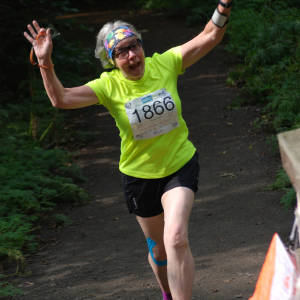The Church Of St Peter and St Paul
Today was our last day in Prague until our return in ten days. It began with another leisurely breakfast before we left our luggage at the hotel and took the underground train to Vyšehrad, the first seat of Czech royalty. The focus of our morning was to walk in the Park in the fortified citadel high on the hill, to take in the views across Prague and to visit the Church Of St Peter and St Paul.
Our first stop was at St Martin’s Rotunda. From there we took to the high walls and enjoyed the walk around the hill till we reached the Church. Inside we enjoyed the art nouveau decoration throughout the vaulted ceilings, walls and pillars of the Church, reminiscent of the naturalistic patterns of William Morris. Founded in the 11th century by Vratislav II, it burned down in the mid 13th century and since has been restored several times in a variety of styles.
From the Church we walked in to the Vyšehrad Cemetery which is the burial ground of many of the country’s most notable figures, including Smetana and Dvorak. Tomas was able to give us the historical commentary and achievements of many of the Czech citizens. We viewed many ornate tombs decorated with mosaic and sculpture.
It was time for a cuppa and Filip had joined us, so he navigated us off the hill and to a quiet cafe near the Vltava River. Energy levels renewed by drinks and brownies we followed the river to our final stop of the day, scene to a famous siege by Nazi troops in 1942, the Church Of St Cyril and St Methodius. Two Czech paratroopers, trained in the UK, assassinated the ruthless Nazi governor of Prague, Reinhard Heydrich, as he was driven to his offices in the city. The paratroopers took refuge in the crypt of the church with members of the Czech resistance. They were betrayed by another member of their group who feared for his family. What followed was a gun battle in the main part of the church, during which three of the group were killed. The resistance members in the crypt held out for some time, despite being shot at and tear gassed through a small opening in to the crypt. The Nazis also ordered the local fire brigade to pump water in through the gap in an attempt to flood them out, to no avail. There was no escape for the remaining men and, when the soldiers discovered an entrance in to the crypt the resistance members shot themselves. The reprisals were huge, with two entire villages razed to the ground and thousands killed who were in any way related to the church or the resistance fighters. This was a sobering visit for us also we retired to a pub for a beer and something to eat before boarding the train east for Zabreh and, ultimately, Loucna. Our city visit is over for now, next stop the Jeseniky Mountains!

Comments
Sign in or get an account to comment.


